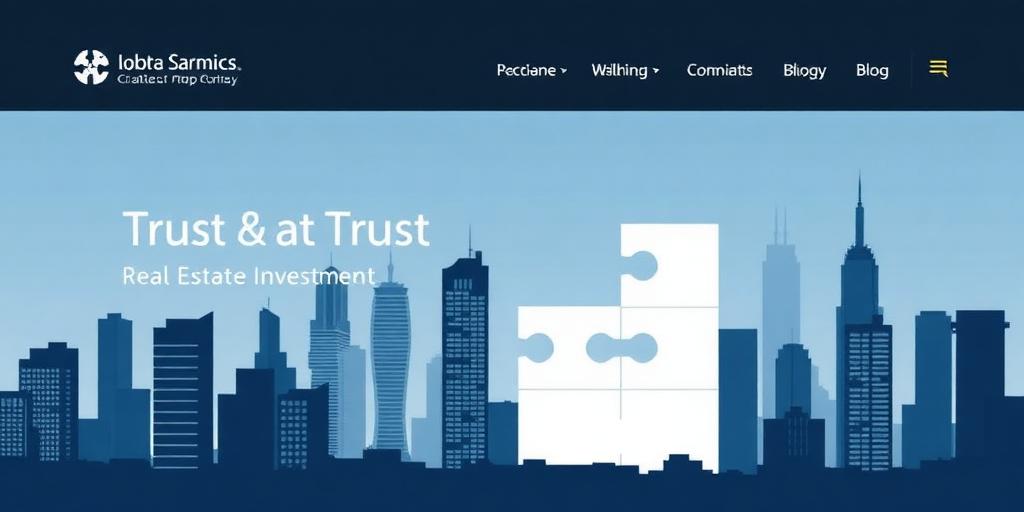Fractional Real Estate Ownership: The New Trend?
The real estate market is constantly evolving, and with rising property prices and the desire for investment diversification, new ownership models are emerging. Fractional real estate ownership is gaining traction as an innovative approach that allows multiple investors to own a share of a property. This article delves into the concept of fractional real estate ownership, its benefits, potential drawbacks, and its place in the modern investment landscape.
What is Fractional Real Estate Ownership?
Fractional real estate ownership involves dividing the ownership of a property among multiple investors. Each investor owns a fraction or share of the property, granting them certain rights and benefits proportional to their ownership stake. This model lowers the barrier to entry for real estate investment, enabling individuals to own a piece of high-value properties without the need for substantial capital.
How Does It Work?
- Property Selection: A company or platform identifies and acquires properties suitable for fractional ownership.
- Structuring the Ownership: The property is divided into fractions or shares, which are then offered to investors.
- Investment: Investors purchase a fraction of the property, gaining partial ownership rights.
- Management: The property is managed by a professional management company, which handles maintenance, tenant relations, and other operational aspects.
- Returns: Rental income and any appreciation in property value are distributed to the owners based on their ownership percentage.
- Liquidity: Some platforms offer a secondary market where owners can buy or sell their shares, providing liquidity.
Benefits of Fractional Real Estate Ownership
- Lower Capital Requirement: Reduced upfront investment makes real estate accessible to a broader range of investors.
- Diversification: Investors can diversify their portfolio by owning fractions of multiple properties in different locations.
- Passive Income: Owners receive passive income from rental payments without the direct responsibilities of property management.
- Professional Management: Properties are professionally managed, reducing the burden on individual owners.
- Potential Appreciation: Owners benefit from any increase in property value over time.
Potential Drawbacks
- Liquidity Concerns: While some platforms offer secondary markets, liquidity can still be limited compared to traditional real estate or stock investments.
- Fees: Platforms often charge management fees, which can impact overall returns.
- Limited Control: Owners have limited control over property management decisions.
- Market Risk: Real estate values can fluctuate, affecting the value of the fractional ownership shares.
- Regulatory Uncertainty: The legal and regulatory landscape for fractional real estate is still evolving, which may introduce uncertainties.
Is Fractional Real Estate Ownership Right for You?
Fractional real estate ownership can be a viable option for investors seeking to diversify their portfolios with lower capital requirements and passive income opportunities. However, it's essential to carefully consider the potential drawbacks and conduct thorough research on the platform and properties before investing.
Conclusion
Fractional real estate ownership represents a modern approach to real estate investment, offering both opportunities and challenges. As the market matures and regulatory frameworks evolve, it has the potential to become a mainstream investment option, democratizing access to the real estate market for a wider audience. Investors should stay informed and assess their risk tolerance and investment goals before diving into this new trend.








